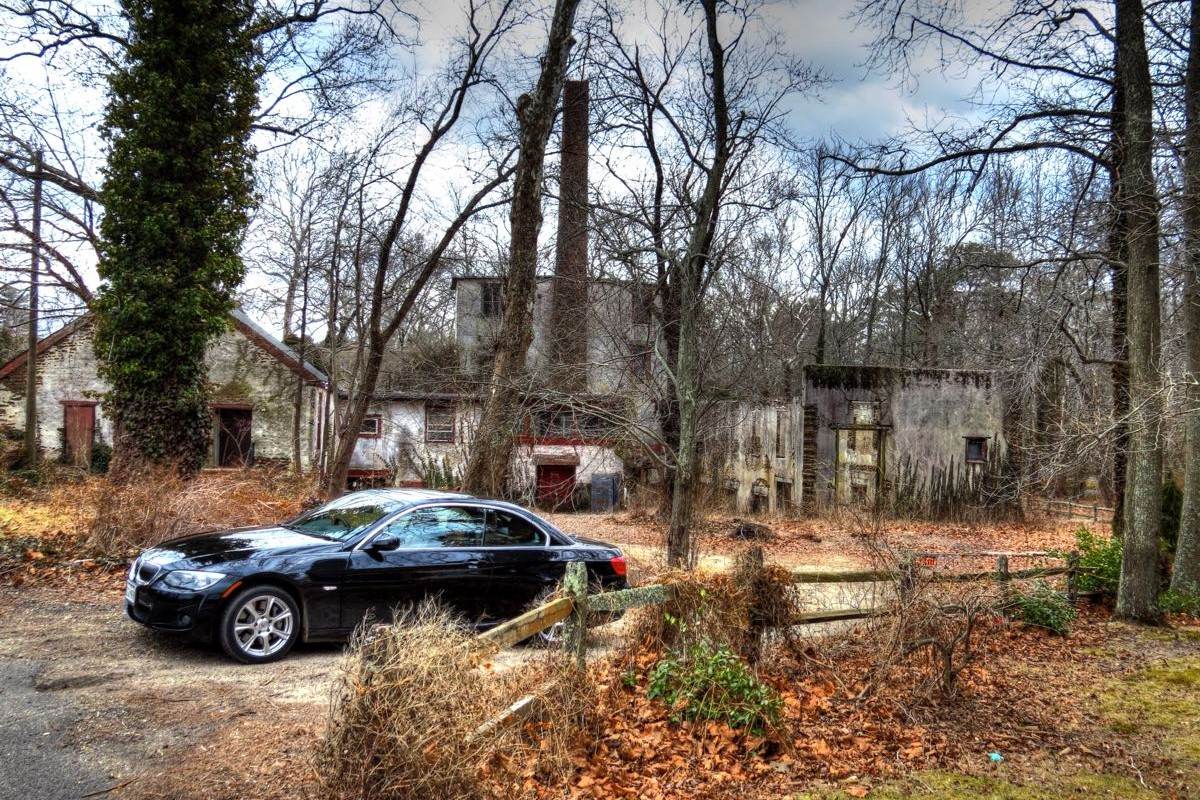Secrets Of New Jersey’s Colonial Iron Works In The Pine Barrens

Have you ever wondered about the hidden history of New Jersey's Colonial Iron Works in the Pine Barrens? These ironworks played a crucial role in America's early industrial era. Nestled in the heart of the Pine Barrens, these sites were bustling hubs of activity, producing everything from cannonballs to household items. The dense forests provided the necessary charcoal, while nearby rivers powered the forges. Today, remnants of these ironworks offer a fascinating glimpse into the past. Exploring these sites, you can almost hear the clanging of hammers and feel the heat of the forges. Ready to step back in time and uncover the secrets of these historic ironworks?
Secrets of New Jersey's Colonial Iron Works in the Pine Barrens
The Pine Barrens of New Jersey hold a rich history, especially when it comes to colonial iron works. These hidden gems tell stories of early American industry, innovation, and resilience. Let's uncover some of the most intriguing sites.
Batsto Village
Batsto Village stands as a testament to the iron industry that thrived in the 18th and 19th centuries. This well-preserved village offers a glimpse into the past with its historic buildings and scenic surroundings.
- Batsto Mansion: The centerpiece of the village, this mansion showcases the wealth and lifestyle of ironmasters.
- Batsto Forge: Witness where iron was smelted and forged into tools and weapons.
- Batsto Post Office: One of the oldest post offices in the United States, still in operation today.
Atsion Village
Atsion Village, another significant site, played a crucial role in the iron industry. This village, now part of Wharton State Forest, offers a mix of natural beauty and historical significance.
- Atsion Mansion: Built by Samuel Richards, this mansion reflects the prosperity brought by the iron industry.
- Atsion Lake: Originally created to power the ironworks, now a popular spot for recreation.
- Atsion Church: A quaint church that served the village's spiritual needs.
Weymouth Furnace
Weymouth Furnace, located along the Great Egg Harbor River, was once a bustling iron production site. Today, it stands as a historical landmark, offering insights into early American industry.
- Weymouth Furnace Ruins: Explore the remnants of the furnace and other structures that once made up this industrial hub.
- Weymouth Forge Pond: This pond provided the necessary water power for the ironworks.
- Weymouth Ironmaster's House: The residence of the ironmaster, showcasing the living conditions of the era.
Harrisville
Harrisville, now a ghost town, was once a thriving community centered around iron production. Its ruins tell a story of rise and fall, making it a fascinating site for history enthusiasts.
- Harrisville Paper Mill Ruins: Though primarily a paper mill, it played a role in the iron industry as well.
- Harrisville Lake: This man-made lake was crucial for the operation of the mills.
- Harrisville Cemetery: The final resting place of many who lived and worked in this once-bustling town.
Allaire Village
Allaire Village, located in Allaire State Park, offers a well-preserved look at a 19th-century iron-making community. This living history museum brings the past to life with reenactments and educational programs.
- Allaire Mansion: Home to James P. Allaire, the village's founder and ironmaster.
- Allaire General Store: A place where villagers bought goods and exchanged news.
- Allaire Blacksmith Shop: Demonstrations show how iron was worked into useful items.
Wharton State Forest
Wharton State Forest, the largest state forest in New Jersey, is home to several historical ironworks sites. Its vast expanse offers both natural beauty and a peek into the past.
- Batsto River: This river powered many of the ironworks in the area.
- Wharton Furnace: Remnants of this furnace can still be seen, offering a glimpse into the iron-making process.
- Batona Trail: A hiking trail that passes by several historical sites, including old ironworks.
Pine Barrens Byways
The Pine Barrens Byways offer a scenic drive through the heart of New Jersey's iron history. Along these routes, you'll find numerous sites that played a role in the colonial iron industry.
- Friendship Bogs: Once used for iron production, now a serene spot for nature lovers.
- Apple Pie Hill: Offers a panoramic view of the Pine Barrens, including several historical sites.
- Green Bank: A small community with ties to the iron industry, featuring several historical buildings.
Forgotten Iron Mines
Scattered throughout the Pine Barrens are forgotten iron mines that once fueled the colonial iron industry. These sites, though less known, offer a unique glimpse into the past.
- Pasadena Mine: An old iron mine now hidden in the forest.
- Hampton Furnace: Remnants of a furnace that once produced iron for the colonies.
- Mount Misery: Despite its name, this site played a crucial role in iron production.
Discovering History in the Pine Barrens
Exploring New Jersey's Colonial Iron Works in the Pine Barrens offers a unique glimpse into America's past. These sites reveal the hard work and ingenuity of early settlers who turned raw materials into essential goods. Walking through these historic locations, you can almost hear the clanging of hammers and feel the heat of the forges. It's a hands-on history lesson that brings textbooks to life. Whether you're a history buff or just looking for an interesting day trip, the Pine Barrens' iron works are worth a visit. They remind us of the resourcefulness and determination that helped build the nation. So next time you're in New Jersey, take a detour to the Pine Barrens and step back in time. You'll leave with a deeper appreciation for the area's rich history and the people who shaped it.

